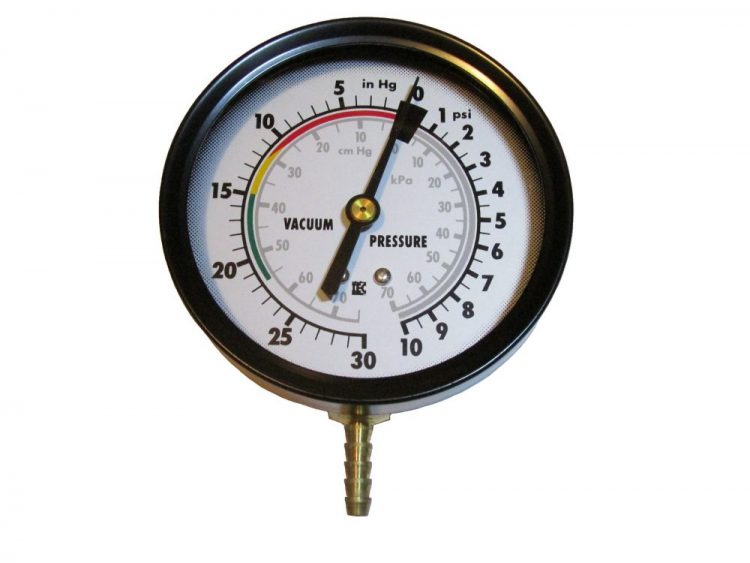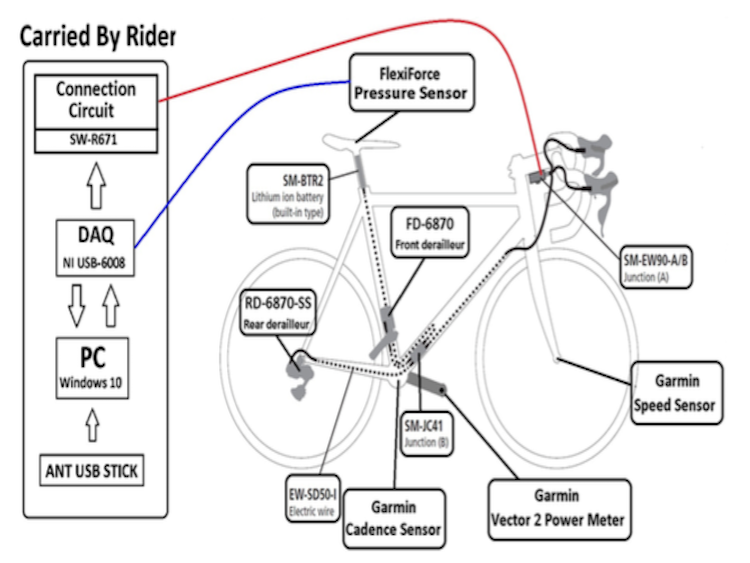12 Port VNA Life Test
Problem
In order to carry out accelerated life testing of various designs it is necessary to subject it to extreme conditions – such as high temperature or low pressure – while measuring the devices ability to operate correctly.
For this project the devices will be required to undergo RF testing, as such a Vector Network Analyser (VNA) will perform the actual measurements. While a VNA is designed to do this exact task, it has certain limitations, for example it has a single RFin and RFout port so can only take one measurement at a time. Ideally you would have one VNA per path you want measure, however as these devices are very expensive this is not feasible.
Therefore a solution whereby a multi-port device can be tested using only one VNA, but without the need to constantly change cables is required.
Additionally there needs to be an intuitive UI that allows the configuration of test sequences as well as managing the calibration status of the system.
Solution
Switching
To allow the testing of multi-port devices using only one VNA there is a “Switch Matrix” consisting of several mechanical RF switches arranged to allow 12 individual paths between the DUT and the VNA. Using this setup, once the device is connected it is only necessary to move the position of the switches and not have to manually remove and re-attach cables for each test.
Calibration
As this involves mechanical switches and also physical connections there is the need to calibrate each path to remove these “imperfections” from the measurements. This calibration process is based on the SOLT method and the user is guided by the software. If a selected path has previously been calibrated then the calibration age is displayed, allowing the user to select the existing values or re-calibrate the path.
Measurement Parameters
For each measurement there is a set of parameters required, these include:
- Frequency
- Power
- Number of measurements
- Total test time
- Test trigger (temperature, pressure etc.)
This group of parameters can be named (for example “5GHz @ 60C”) and can then be used on several paths and/or on several devices.
These measurement parameters are not device or path specific, they are just the values used to take the measurements. This makes the solution very flexible, as the users will have a “re-use library” of tests they can choose from, saving the need to re-enter this data for different devices.
When configuring the measurement the user selects a path and a set of parameters, each path and each measurement can be used multiple times in the same sequence.
So a sequence could look like:
Step 1: Path_A to Path_B – 3GHz @ 60C
Step 2: Path_A to Path_B – 3GHz @ 20C
Step 3: Path_C to Path_D – 3GHz @ 60C
Step 4: Path_C to Path_D – 2GHz @ -20C
When all the measurements have been configured the test sequence can start, each measurement will be run in order in a serial process. While the sequence is running it is possible to add and remove measurements from the queue.
All data is stored in files for easy import in to data processing tools.
This project is part of our Aerospace division






